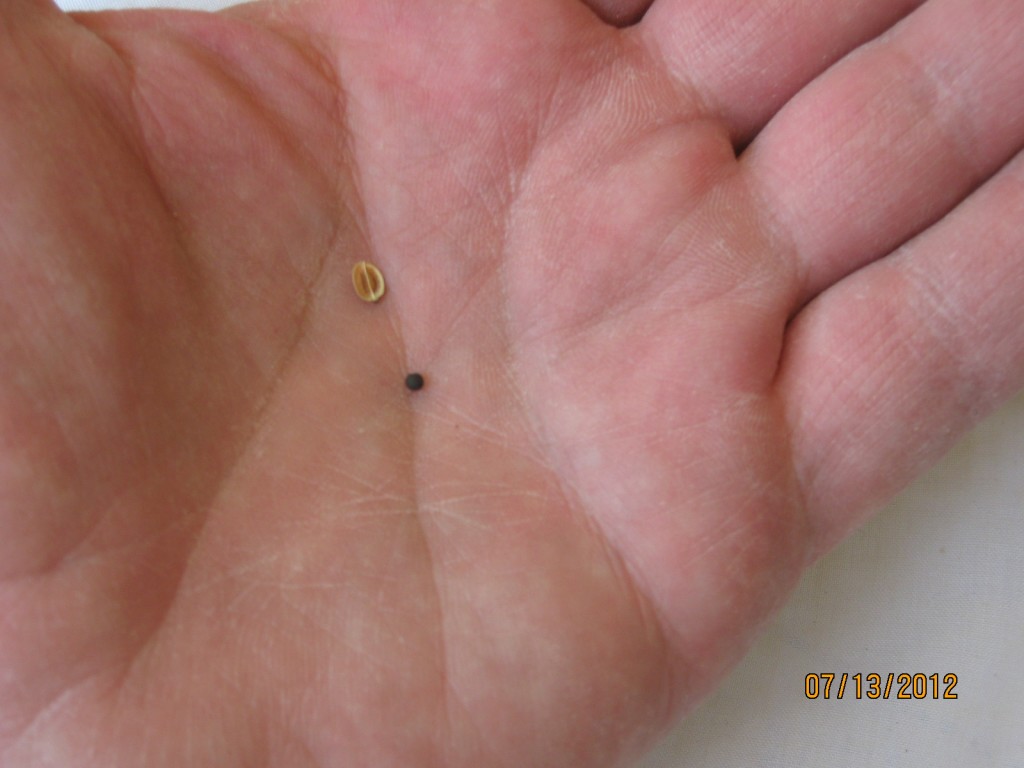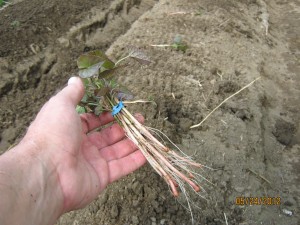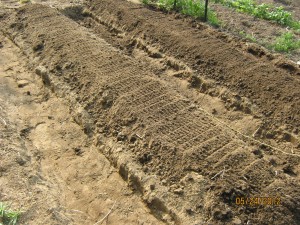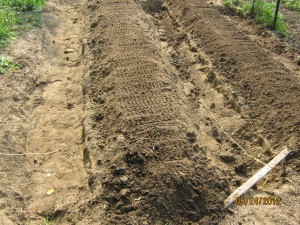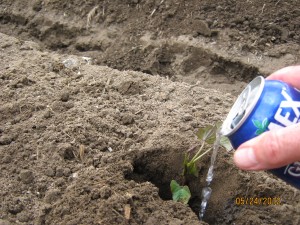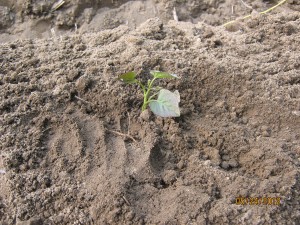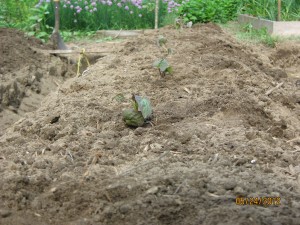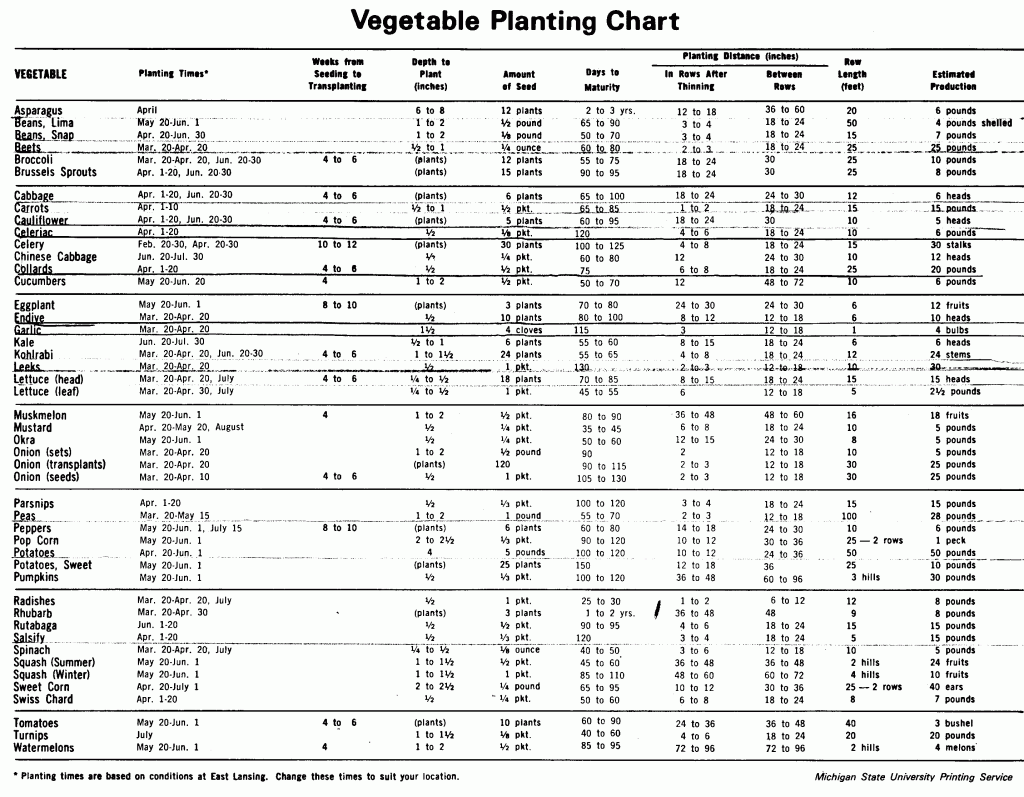Mid to late July is the time to plant rutabaga and parsnip for a fall crop.
I spent part of the day sowing a 30 foot row of rutabagas and a 30 foot row of parsnips. I took care planting them because the seeds of these two crops are very small. They can’t be planted very deep. It’s hard sometimes, to resist the urge to cover them with too much soil — a half of an inch of soil over them is all they need.
Since it has been so hot and dry here, I thought it would be a good idea to lightly water the soil after planting. This will help the seeds absorb enough water so they can germinate. It can take a couple of weeks or more for the seeds to germinate so, I’ll have to keep watering until the seedlings become established or regular rains return.
When it comes to eating parsnips or rutabaga, I can take them or leave them. So, sixty feet is a lot of root crops to eat. I suppose I’ll develop a taste for them this fall. On the other hand, whatever I don’t eat, I’ll feed to the chickens. During the winter they always enjoy a treat from the garden.
Bob
Here’s a link to the University of West Virginia Extension and their bulletin on root crops. http://www.wvu.edu/~exten/infores/pubs/fypubs/Rediscover%20Forgotten%20Root%20Crops%20Leader’s%20Guide%20WLG%20151.pdf
